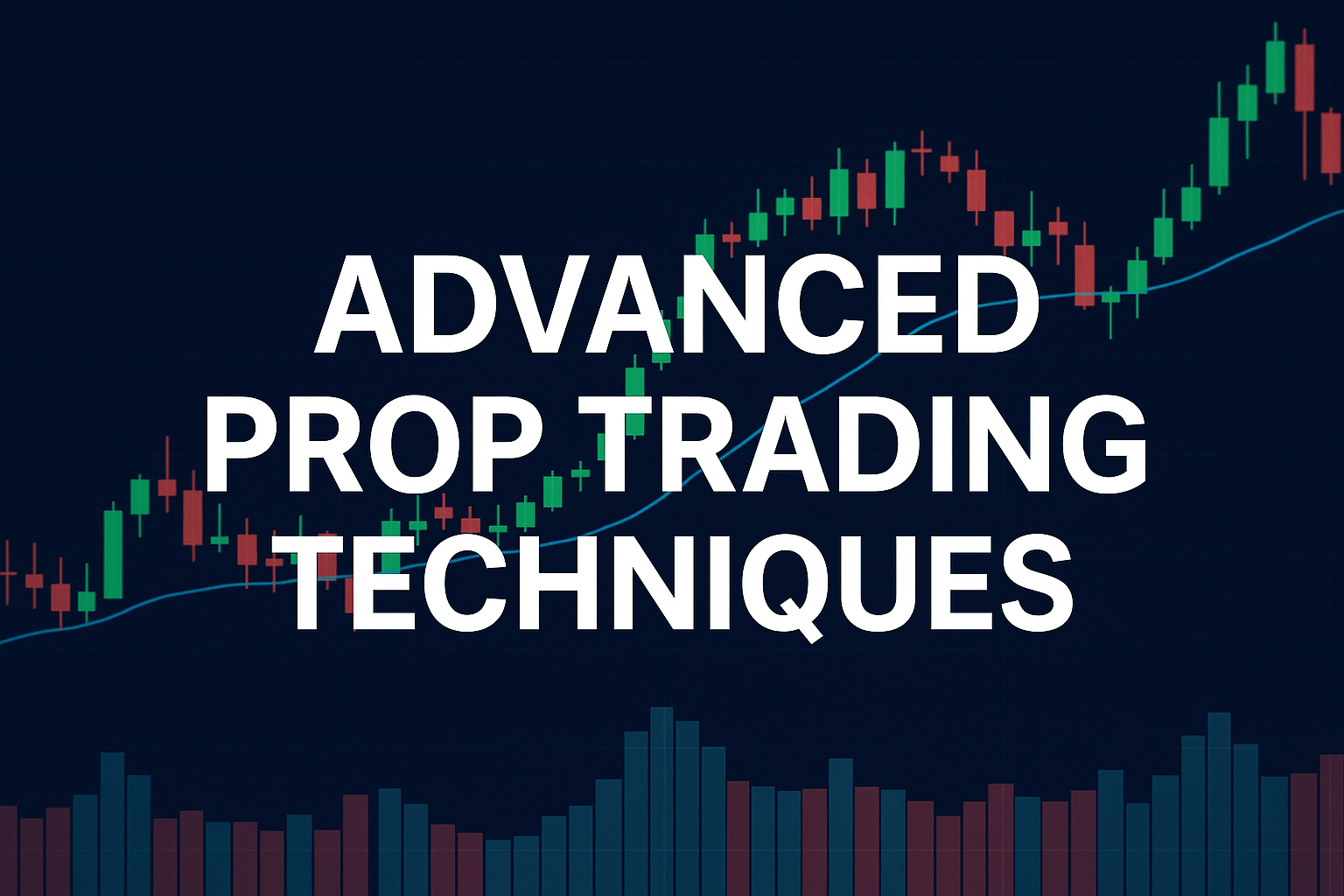Advanced Techniques Used by Funded Traders
In the world of proprietary trading, reaching the funded phase is only the beginning. To remain consistent and profitable, funded traders often rely on advanced prop trading techniques that go beyond basic strategies. These techniques are designed to maintain discipline, manage risk effectively, and adapt to changing market conditions with confidence.
This article explores the methods that seasoned traders employ, especially within environments like Larsa Capital, to stay ahead of the curve.
1. Building Multi-Timeframe Confluence
One of the most powerful tools used by experienced traders is multi-timeframe analysis. Rather than relying on a single chart, they analyze higher and lower timeframes to spot aligned trends and refine entry points. For instance:
-
The daily chart provides context on market direction.
-
The 4-hour chart offers swing opportunities.
-
The 15-minute chart pinpoints precise entries.
By syncing these views, traders improve their probability of success and reduce false signals.
2. Dynamic Risk Allocation Based on Market Conditions
Successful funded traders don’t risk a fixed percentage on every trade. Instead, they adapt their risk according to market volatility, session timing, and strategy confidence.
For example:
-
During high-impact news days, they reduce exposure.
-
In trending markets, they may increase risk slightly within risk management rules.
-
When in drawdown, many reduce position size to preserve capital.
This dynamic approach helps in maintaining longevity in funded accounts.
3. Advanced Prop Trading Techniques: Institutional Order Flow
Under this category, many professional traders leverage order flow and volume profile tools to analyze where institutions are entering or exiting the market.
Techniques include:
-
Identifying liquidity pools
-
Monitoring delta volume imbalance
-
Spotting absorption and spoofing activity
While not all platforms support deep order flow tools, understanding price reaction zones (e.g., previous highs/lows, imbalance areas) is crucial in anticipating institutional behavior.
4. Trade Journaling and Data-Driven Adjustments
Unlike novice traders who rely solely on memory or intuition, experienced funded traders maintain detailed trade journals. These journals track:
-
Entry and exit points
-
Rationale behind each trade
-
Emotional state during execution
-
Risk-to-reward ratios
-
Market conditions
More importantly, they review these records weekly or monthly to identify patterns, eliminate errors, and double down on what’s working. Over time, this builds a self-optimization loop for continuous improvement.
5. Scaling Out Instead of All-In-All-Out
Instead of taking full profits at a single target, funded traders often use scaling out techniques to manage risk and stay in winning trades longer. This might include:
-
Taking partial profit at 1:1 or 2:1 risk-reward
-
Moving stop-loss to breakeven
-
Letting the remainder trail using structure-based stop placement
This method not only reduces psychological pressure but also smooths equity curves in funded accounts.
6. Using Correlation to Filter Trades
Another advanced technique involves filtering trade setups based on asset correlations. For instance:
-
If EUR/USD and GBP/USD are moving in sync, a trader might avoid doubling risk by entering both.
-
If the Dollar Index shows strength, setups on USD pairs are filtered accordingly.
This added layer of validation enhances decision-making and keeps risk exposure balanced.
7. Trading Around Liquidity Zones, Not Candlestick Patterns
While candlestick patterns are helpful, funded traders usually focus on liquidity zones instead. These are areas where stop-losses tend to accumulate—above highs or below lows—making them key areas for entries or reversals.
Rather than reacting to a single candle, traders wait for liquidity sweeps, followed by structure shifts or volume confirmation, before entering.
8. Psychological Anchoring and Mental Conditioning
Advanced prop traders often undergo mental conditioning routines to build emotional resilience. These routines may include:
-
Pre-market visualization
-
Post-trade affirmations
-
Journaling emotional triggers
-
Practicing mindfulness or meditation
These tools help manage fear, overconfidence, and hesitation—three common enemies of consistent trading. Over time, traders build psychological anchors that keep them calm during volatility.
9. Automating Parts of the Process
Although discretionary decision-making is still at the core, many funded traders automate repetitive tasks like:
-
Risk calculation
-
Trade logging
-
Screenshot capturing
-
Alert notifications
This reduces the likelihood of errors and frees up mental space for strategic thinking. Simplicity and systemization often go hand in hand at advanced levels.
10. Reviewing Losses More Than Wins
Perhaps one of the most underrated advanced prop trading techniques is this: dedicating more time to studying losses than celebrating wins. Losses are seen not as failures but as opportunities for refinement.
Top questions they ask include:
-
Was the entry technically sound?
-
Was the trade rushed or emotional?
-
Did I follow my rules fully?
-
What would I do differently next time?
This introspective process separates elite traders from average ones.
Final Thoughts
Thriving in a funded environment requires more than just finding good entries. It’s about building a complete system that accounts for risk, psychology, data, and adaptability. These advanced prop trading techniques represent the culmination of experience, discipline, and continuous learning.
At Larsa Capital, traders who master these principles are far more likely to retain their funded status and grow their accounts sustainably.
If you’re preparing to level up your trading journey, start by adopting just one of these methods today—and track the impact over the next 30 days.

